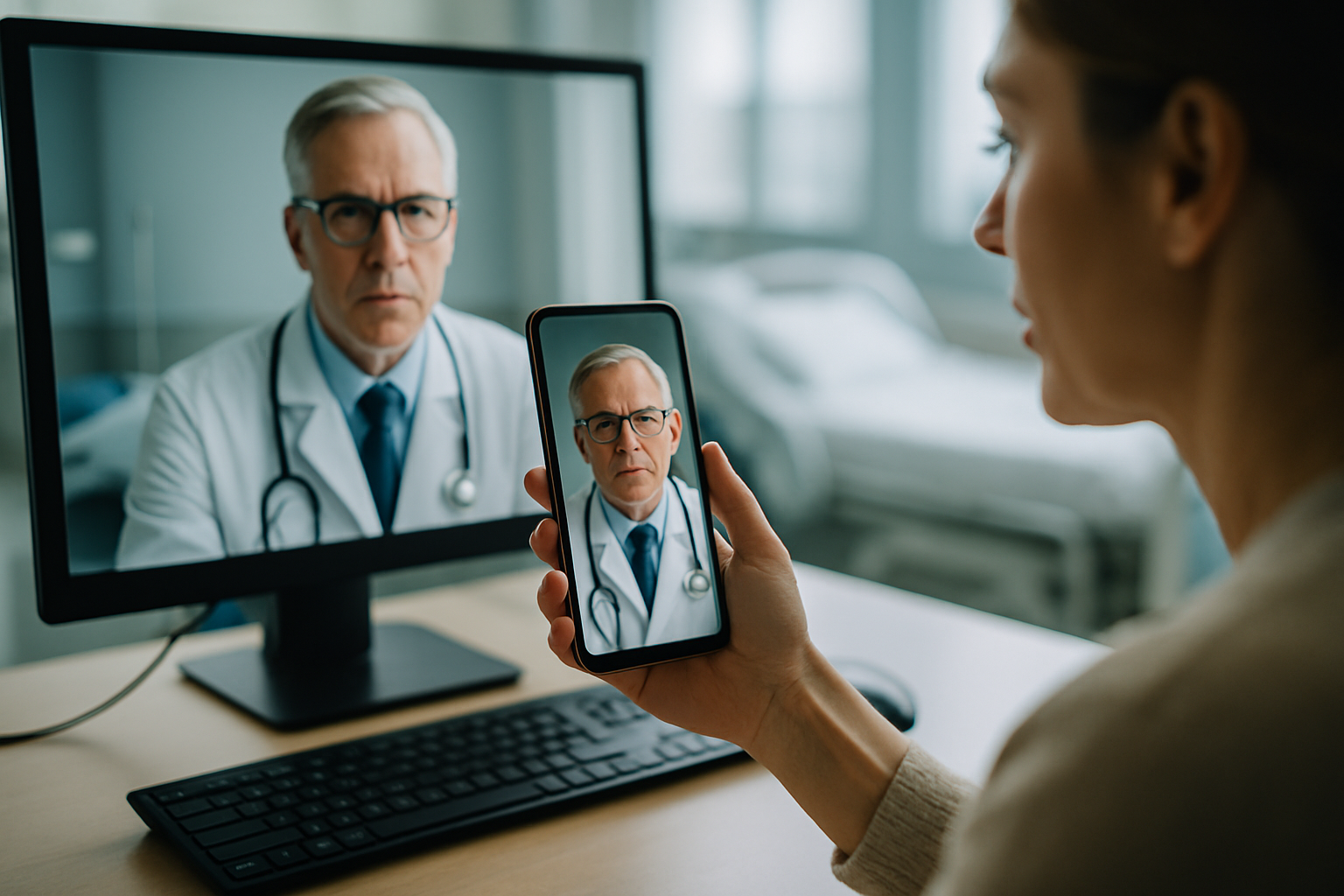Depression Tests United States 2025: Online Screenings and Professional Help Guidelines
Depression affects millions of Americans each year, making reliable testing and screening options crucial for early intervention and treatment. As we approach 2025, the landscape of depression testing in the United States continues to evolve with advancements in digital health technologies and increased awareness of mental health concerns. This comprehensive guide explores current and upcoming options for depression screening, from online self-assessments to professional evaluations, helping individuals navigate the path toward appropriate care.

Understanding Online Depression Screening Tools
Online depression screening tools provide an accessible first step for individuals concerned about their mental health. These screenings typically consist of questionnaires based on established clinical criteria like the Patient Health Questionnaire-9 (PHQ-9) or the Beck Depression Inventory. In 2025, we anticipate more sophisticated online screening platforms featuring AI-enhanced analysis capabilities while maintaining the core evidence-based assessment methods. These tools are not diagnostic but serve as valuable indicators of whether professional help might be needed. Many reputable mental health organizations, including the Mental Health America and the Anxiety and Depression Association of America, offer free, anonymous online depression screenings that provide immediate feedback and resource recommendations.
How to Find Reliable Online Depression Tests in the U.S.
When seeking an online depression test in the U.S., it’s essential to choose validated tools from credible sources. Look for screenings developed or endorsed by recognized mental health institutions, academic research centers, or government health agencies. Legitimate screening tools will clearly state their limitations, avoid making definitive diagnoses, and provide guidance on next steps regardless of results. As we move toward 2025, expect enhanced privacy features, more personalized feedback mechanisms, and greater integration with telehealth platforms. Reliable screenings should always be free or clearly state any costs upfront, and should never request unnecessary personal information beyond what’s needed for the assessment itself.
The Future of Depression Testing in the U.S. for 2025
By 2025, depression testing in the United States is projected to incorporate more advanced technologies and methodologies. Digital phenotyping—analyzing smartphone use patterns, voice characteristics, and other behavioral data—may supplement traditional screening methods. Wearable devices that track sleep patterns, activity levels, and physiological markers associated with mood disorders will likely play a more significant role in continuous monitoring. Additionally, genetic testing that helps identify depression subtypes and potential treatment responses is becoming more accessible. These innovations aim to improve testing accuracy and personalization while reducing barriers to initial screening, particularly for underserved populations and rural communities with limited access to mental health professionals.
Transitioning from Online Depression Screening to Professional Help
While online screening tools provide valuable initial insights, professional assessment remains the gold standard for depression diagnosis and treatment planning. If an online screening indicates possible depression, the next step involves consulting a healthcare professional—typically a primary care physician, psychiatrist, or licensed therapist. In preparation for a professional evaluation, it’s helpful to document symptoms, their duration, and impact on daily functioning. As we approach 2025, expect smoother pathways between online screening and professional care, with more integrated referral systems connecting screening platforms to telehealth and in-person providers. Many health insurance plans are also expanding mental health coverage, making professional help more accessible.
Guide to Professional Depression Help in the U.S.
Professional depression help in the U.S. encompasses various treatment approaches and provider types. Psychiatrists can diagnose depression and prescribe medication, while psychologists and licensed therapists provide evidence-based psychotherapies like cognitive-behavioral therapy (CBT) and interpersonal therapy. Primary care physicians often serve as initial points of contact and can prescribe antidepressants or refer to specialists. Community mental health centers offer services on sliding fee scales, while academic medical centers provide cutting-edge treatments and research opportunities. By 2025, expect greater integration of telehealth options, expanded insurance coverage for mental health services, and more collaborative care models that coordinate between different providers. For severe depression, intensive outpatient programs, partial hospitalization, or inpatient treatment may be recommended.
Depression Testing and Treatment Resources by Provider Type
| Provider Type | Services Offered | Key Features |
|---|---|---|
| Primary Care Physicians | Initial screening, medication management, referrals | Often first point of contact, covered by most insurance |
| Psychiatrists | Comprehensive diagnosis, medication prescription, treatment planning | Specialized in mental health conditions, can handle complex cases |
| Psychologists | In-depth assessment, psychotherapy | Evidence-based therapy approaches, no medication prescribing |
| Online Platforms (e.g., Talkspace, BetterHelp) | Virtual therapy, some offer psychiatry services | Convenience, flexible scheduling, sometimes lower cost |
| University Research Programs | Assessment, innovative treatments | Access to cutting-edge approaches, sometimes reduced cost |
| Community Mental Health Centers | Comprehensive mental health services | Sliding scale fees, accessible to underserved populations |
This article is for informational purposes only and should not be considered medical advice. Please consult a qualified healthcare professional for personalized guidance and treatment.
Looking Ahead: Accessibility and Innovation in Depression Care
The future of depression testing and treatment in the United States promises greater accessibility through technological innovation. Telepsychiatry continues to expand, particularly benefiting those in rural areas with limited local resources. Smartphone-based cognitive behavioral therapy applications are increasingly being validated as effective adjuncts to traditional care. Collaborative care models—integrating mental health services into primary care settings—are becoming more widespread, improving early detection and treatment of depression. As mental health awareness grows and stigma diminishes, we can expect continued improvements in insurance coverage, workplace support programs, and community-based resources for depression. These developments will help ensure that more Americans can access appropriate depression screening and receive timely, effective treatment regardless of geographic location or socioeconomic status.




